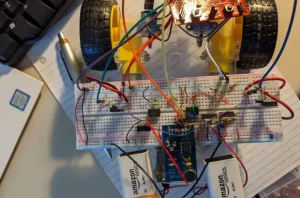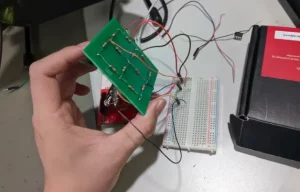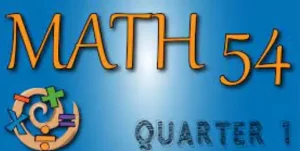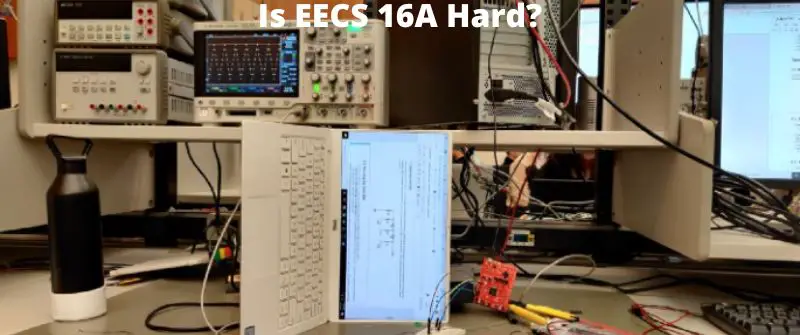EECS 16A is a challenging course with hard material, even for the most experienced electrical engineers. If you are willing to work, you can learn the material quickly and pass with a high score.
However, to know how hard it is, we must consider how much work is involved. So, let’s look at the following issues.
Is EECS 16A Hard?
EECS 16A is a class that covers the fundamentals of digital logic and computer architecture. It is an introductory course that will prepare you for the more advanced courses in the EECS department.
EECS 16A is hard because one has to take and pass both computer science and electrical engineering classes together with other required engineering units. While all courses need students to study hard, EECS 16A is particularly complex and demands a lot of concentration when studying and focus to comprehend.
The most important thing is to learn how to solve problems and not get stuck in the middle of them.

Try to work on different problems; this will help you understand more about your actions.
The course introduces students to the basics of digital logic, computers, and computer systems.
This course will also cover some fundamental concepts in computing, such as logic gates, combinational circuits, sequential circuits, memory and data representation, data transmission and storage, arithmetic operations on integers and floating point numbers, Boolean algebra and truth tables.
This course is for students who have basic knowledge of electronics and electrical engineering but who do not have any prior exposure to computer architecture or programming.
What Makes EESC16A Final Exam Difficult
The EESC16A Final Exam is challenging. The following are some of the reasons why it is so difficult:
1. The format of the final exam is different from that of the previous exams. The questions are in multiple-choice format, and there are no free-response questions.
2. You will be asked to read a passage, analyze it, and then answer multiple choice questions based on your analysis. You get edhesive answers from some online sources if you are lucky.
3. The exam length is about 3 hours long, making it difficult for students to finish it in time and get their results faster than others who studied for longer periods.
4. There are no free response questions in this type of test which means that you have to read carefully, analyze the passage and answer questions correctly to pass the exam successfully. You can get tips and EECS 16a homework solutions if you need clues on how to work them out.
EECS 16A Prerequisites to Study
1. The student should have passed the required courses of EECS 15A, 15B, 15C and 12.

2. The student should have a good command of the English language in writing and speaking.
This can be attained through attending lectures regularly, participating in discussions with other students and reading any text material prescribed by the course syllabus.
3. The student should be able to solve problems related to electrical circuits, digital logic, analog electronics and discrete mathematics at an advanced level of competence.
This can be attained by attending lectures regularly, participating actively in discussions with other students, and reading any textbook prescribed by the course syllabus.
Understanding different EECS Classes
1. EECS 16a
1. Storing and retrieving data that is needed by an application.
2. Managing large amounts of data in a database system.
3. Converting data from one format to another, for example, from a spreadsheet into a database or vice versa.
4. Writing code for an application based on formulas, logic and calculation to solve problems in applications such as word processors, spreadsheets and databases.
5. Analyzing algorithms (formulas) and designing new ones that process large amounts of data as efficiently as possible for specific purposes in applications such as spreadsheets, word processors and databases
The following are a few of the things that EECS 16a entails.
6. The ability to use computers with accuracy and speed in a way that is beneficial for the user.
7. The ability to design and implement software systems efficiently.
8. The ability to work effectively with others to solve problems and accomplish goals through collaboration and communication skills, both oral and written, using technology applications such as email, word processing, spreadsheets, presentation software, databases, etc.
2. EECS 16b
The EECS 16b is the class in which you will learn how to write and program a microcontroller. You will be introduced to the concepts of logic and digital circuits.
The microcontroller that we use is the ATmega328P. This chip is programmable and has many features, such as eight general purpose I/O pins (of which 7 are PWM capable), 4 USARTs, 4 ADC channels, and a 20 MHz clock with PLL synchronization.
Logic gates are the basic building blocks of all digital circuits. They are also known as Boolean algebra or Boolean functions because they can only take one of two values: true or false.
3. EECS 16c
This course introduces the basics of digital logic, digital systems, and computer architecture. It covers Boolean algebra, combinational and sequential circuits, gates and flip-flops, register machines and ALUs, memory hierarchy, pipelining and synchronization.
The course also introduces the principles of bus architectures, such as point-to-point, ring and mesh topologies.
EECS 16a or Math 54: Which is Better?
EECS 16A is a better course than Math 54. In EECS 16A, you learn how to use computers to solve problems that are not solvable by hand. This can be anything from writing your software to solving complex mathematical problems.

In math 54, you learn how to do some basic math and algebraic operations using a calculator.
This is useful if you need to know how much money someone has or how much they owe you.
However, it is not as useful if you want to solve complex mathematical problems because all of the math is done by hand, and there are no calculators around.
Summary of the EECS 16A Syllabus
The EECS 16A syllabus is designed to give you the background for learning about the computer science discipline and its relevance in today’s world. The course is divided into three parts:
- Mathematical Foundations: This section introduces basic concepts in mathematics, including trigonometry and vectors, linear algebra, statistics and probability theory.
- Computer Programming: This section covers programming languages and algorithms, operating systems and software engineering. It also includes a brief introduction to computer architecture, an important component of modern computers.
- Science and Mathematics: This section covers geometry, physics and calculus, which are not normally covered in other computer science courses.


